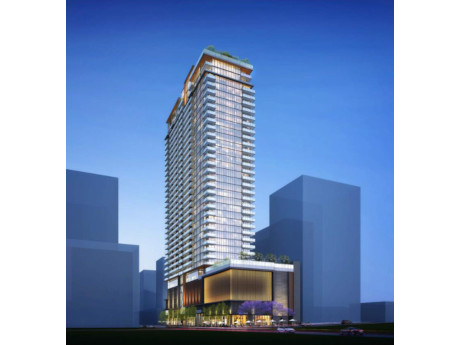— By Chad O’Connor, Executive Managing Director, Capital Markets, Marcus & Millichap Capital Corp. —
Financing continues to be challenging for multifamily, whether in San Diego County or elsewhere. We have noticed a general shift in the market where the usual players are moving to the sidelines, thereby allowing new developers to enter the field. Many of the new developers do not have a track record that encourages a lender to underwrite a transaction. The more seasoned developers are focused on smaller developments with a higher probability of securing financing. The redirection to smaller developers in San Diego has directly impacted the institutional market.
Despite this, we are still financing a lot of deals and capital is, indeed, available. Having proprietary programs in the market — especially on the bridge side of things — continues to keep us both busy and adding value for our clients. The lack of go-to lenders in the market is driving us to forge new relationships with growing lenders, building those connections, and paving way for future opportunities.
Timing is a crucial variable when securing financing. Locking in the most favorable interest rates and moving swiftly through the closing process is very important in dynamic multifamily markets like San Diego. Projects that were originally underwritten for a certain rate face rate increases months later. This often means the borrower cannot pay off original loan, which leads to recapitalizing projects, fewer available proceeds and lower cash-on-cash returns. The institutional side is suffering the most, having to shift toward private client transactions.
Most activity in the San Diego multifamily market consists of bridge loans and rehabilitation, which involves buying properties built between the ‘50s and ‘80s and rehabilitating the property. The quality of buildings varies by submarket, and metro rates vary based on new developments versus existing developments in their original condition. We create value-add accordingly based on submarket, whether it be a workforce versus a more desirable area.
Overall, San Diego remains a landlord market with a 3 percent to 4 percent vacancy rate, but it is moving slightly toward tenant-favoring. At present, landlords are more likely to give concessions, rent breaks, etc., because of absorption. This is especially true on higher-end products.


